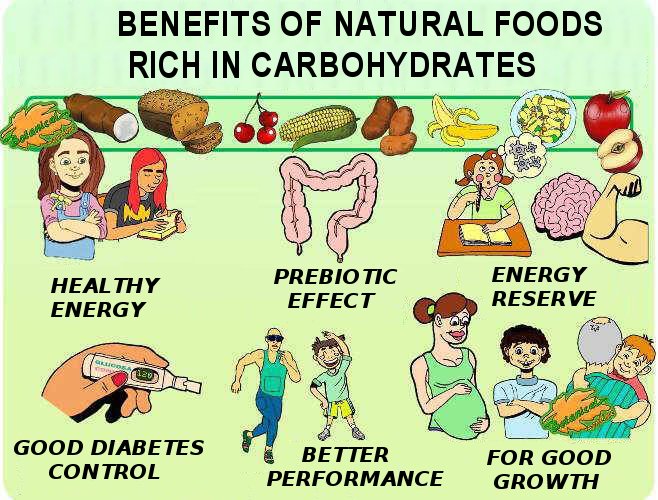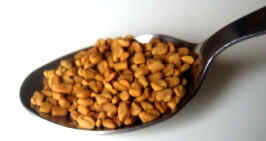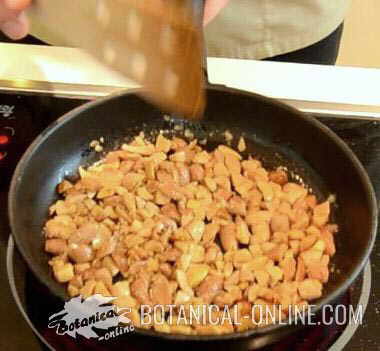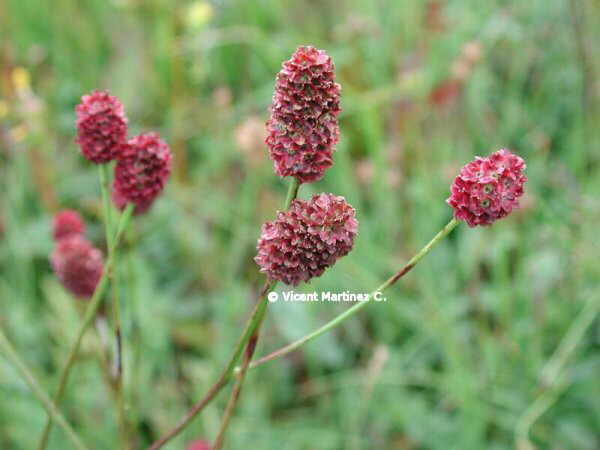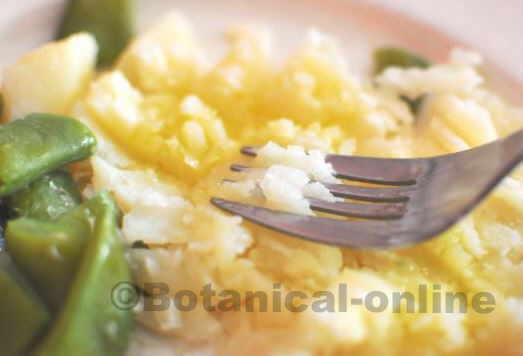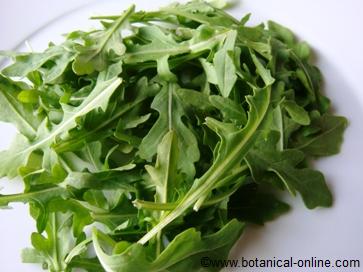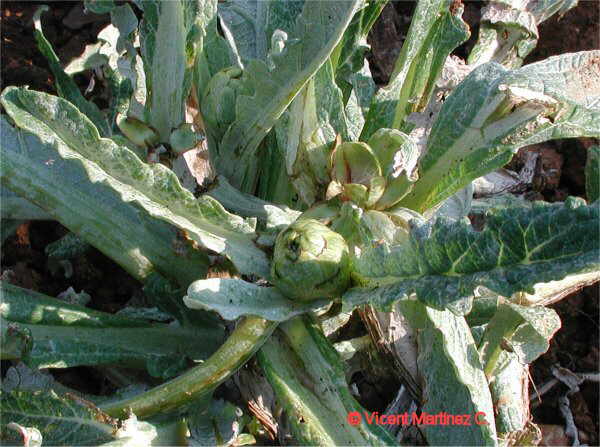Contents
Benefits of Kamut Triticum turgidum spp. turanicum
Kamut for cardiovascular health
Kamut is a complete cereal, rich in complex carbohydrates, protein and fiber, which can help improve cardiovascular health. This grain is highly nutritious, since it has more minerals and vitamins than other varieties of wheat. Its fat content is higher than in wheat, and these are the polyunsaturated type (mainly Omega-6).
In a double-blind study, the effect of kamut and its products (kamut pasta, bread and whole grain crackers) on cholesterol levels and blood sugar was elaborated. The results, valued in 22 participants for 8 weeks, indicated a reduction in total cholesterol (-4%), bad cholesterol (-8%), and an increase in blood levels of potassium and magnesium.
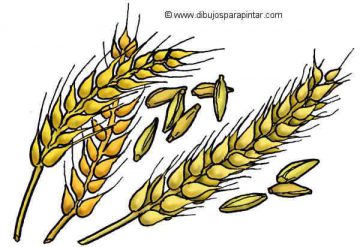
Kamut for obesity
Due to its composition, kamut and pasta made with it, are a more satiating food than other types of wheat and its derivatives. They contain more fiber and protein, which help eliminate the feeling of hunger. These nutrients cause the carbohydrates in the grain to be absorbed more slowly, helping to prolong satiety and providing lasting energy throughout the afternoon.
People who substitute kamut for wheat will benefit from minerals important to the health of the system circulatory, such as potassium and magnesium.
Kamut is also a source of zinc and selenium, antioxidant minerals that prevent cell deterioration. Replace the conventional pasta with kamut paste: you will notice the difference in nutrients!
Kamut as a remineralizing food
It is one of the most nutritious types of wheat that we can find in supermarkets. It provides vitamins, minerals and trace elements that contribute to the health of the skeleton, muscles and the body in general.
People who eat a balanced diet rich in this whole grain can improve blood levels of nutrients and minerals. It is especially recommended in acidifying states of the body, such as fibromyalgia, rheumatism or fatigue.
Due to its energy value of slow assimilation and nutrients, it is a very suitable food for athletes and people with intense physical activity: replace your pasta dishes with pasta kamut to improve your health!
Nutritional comparison between wheat and kamut
| Nutritional comparison of wheat and kamut per 100g. | ||
Nutrient | Wheat | Kamut |
| Calories (kcal.) | 348 | 359 |
| Carbohydrates (g.) | 70,5 | 66,7 |
| Proteins (g.) | 12,3 | 17,3 |
| Fats (g.) | 1,9 | 2,6 |
| Fiber (g.) | 2,1 | 1,8 |
| Vitamin C (mg.) | 0,42 | 0,45 |
| Vitamina B1 o thiamine (mg.) | 0,11 | 0,12 |
| Vitamin B2 o riboflavin (mg.) | 5,31 | 5,54 |
| Vitamin E (mg.) | 1,2 | 1,70 |
| Calcium (mg.) | 30 | 31 |
| Phosphorus (mg.) | 396 | 411 |
| Iron (mg.) | 3,9 | 4,2 |
| Magnesium (mg.) | 117 | 153 |
| Selenium (mg.) | 400 | 446 |
| Zinc (mg.) | 3,20 | 4,30 |
| Selenio (mg.) | 0,0021 | 0,09 |
![]() More information on kamut
More information on kamut


